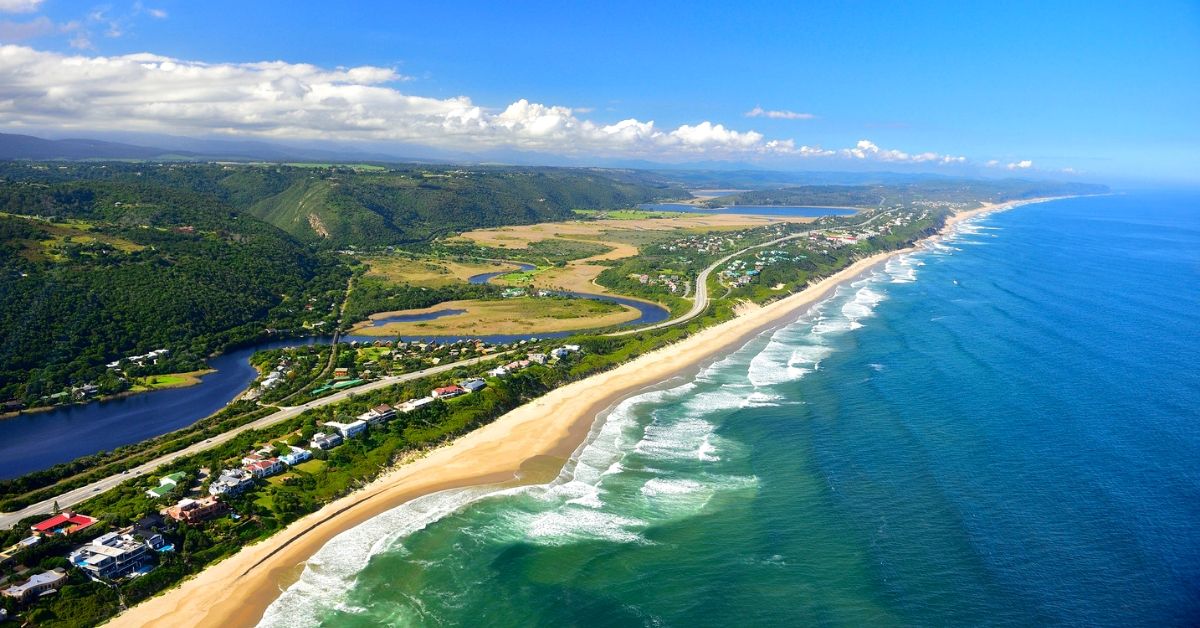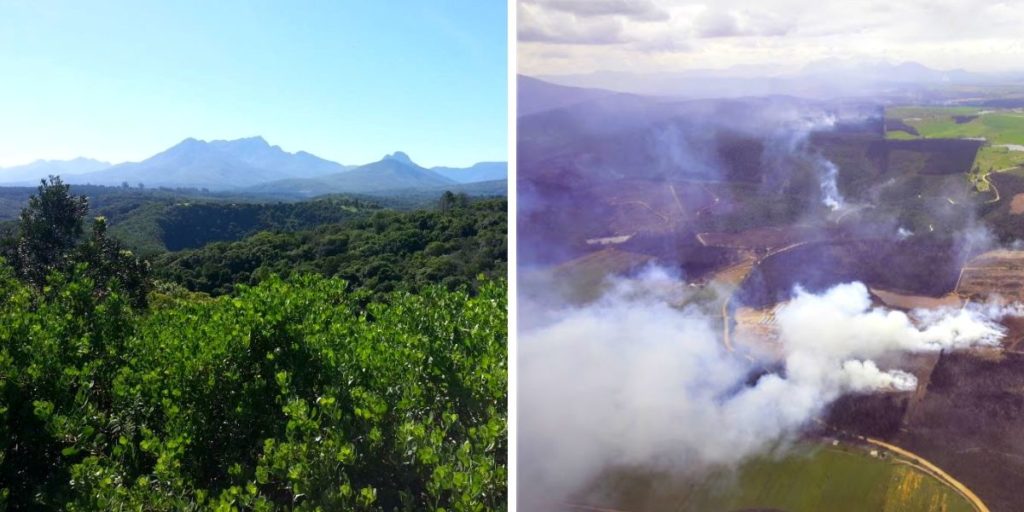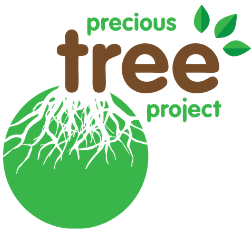
Appropriately named for its lush natural vegetation, the Garden Route is one of the few natural forest biomes in Southern Africa. The area supports a wide variety of animal and plant life and is home to roughly 450 000 people who live here. It is a popular tourist and adventure destination with its rivers, mountains, oceans, lagoons, waterfalls and great weather … the perfect place for para-gliding, ocean-boating, diving, snorkeling, golf, forests walks, mountain-hiking, bird-watching, cycling, river rafting, canoeing, swimming, beach walks and much more.
Under the surface of it all, our beautiful area faces many environmental challenges.
The Garden Route and its Environmental Challenges
Growth & development, population growth, expanding business & residential development, climate change, rising temperatures, and the ravages of drought and fires over the past decade have had a significant impact on what remains of our indigenous forest along the coast. These factors have had and continue to have a large impact on pollution levels in our rivers, oceans, soils and air (particularly glyphosates). Currently, one of the greatest hazards are the devastating fires that flare up regularly – the “constitutional weakness” of this area – threating all life here.

Our forests can check a fire to a point, but they too are capable of burning, particularly in drought conditions and when the forest floors are dry – which happens when non-indigenous trees invade.
Hot berg winds are a characteristic feature here and rising temperatures exacerbate the threat of fire outbreaks. This is compounded by the harsh reality that hundreds of kilometers of Garden Route property (private, public and government owned) are invaded by acres and acres of non-indigenous trees. These themselves compete with our indigenous fauna for water, and are fuel for fire in the event of a fire outbreak.

